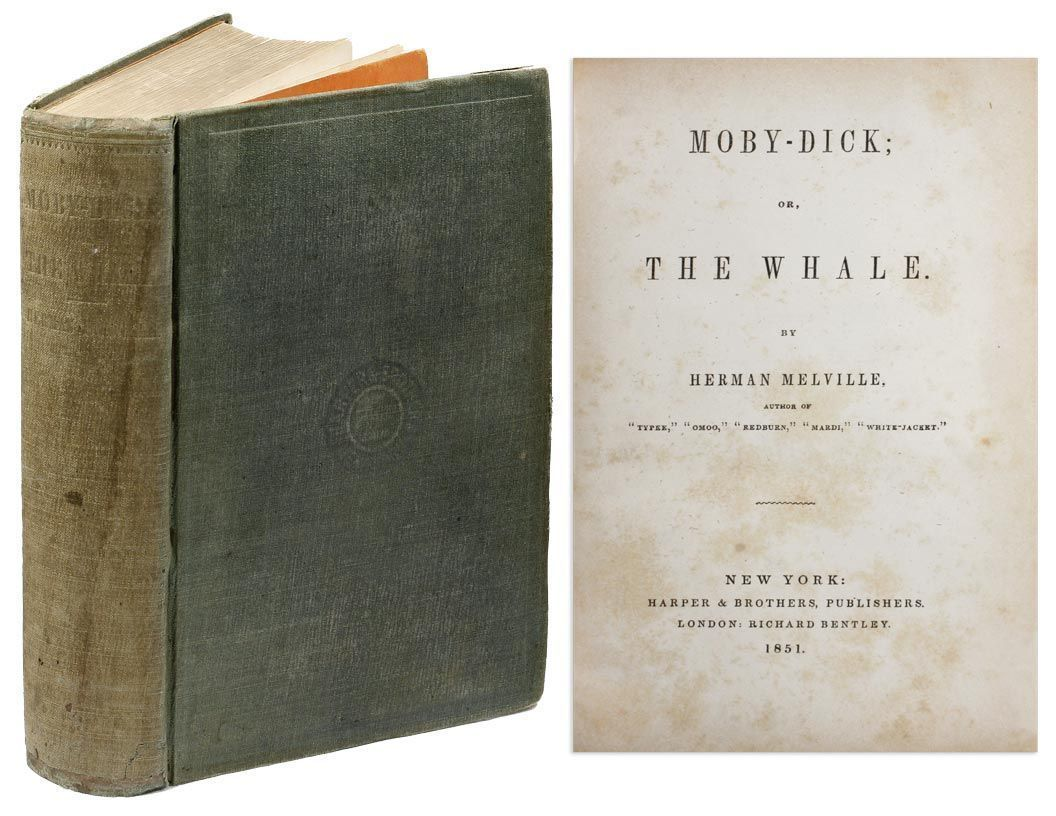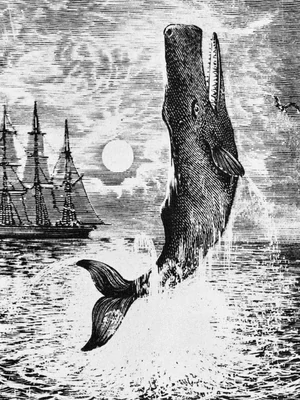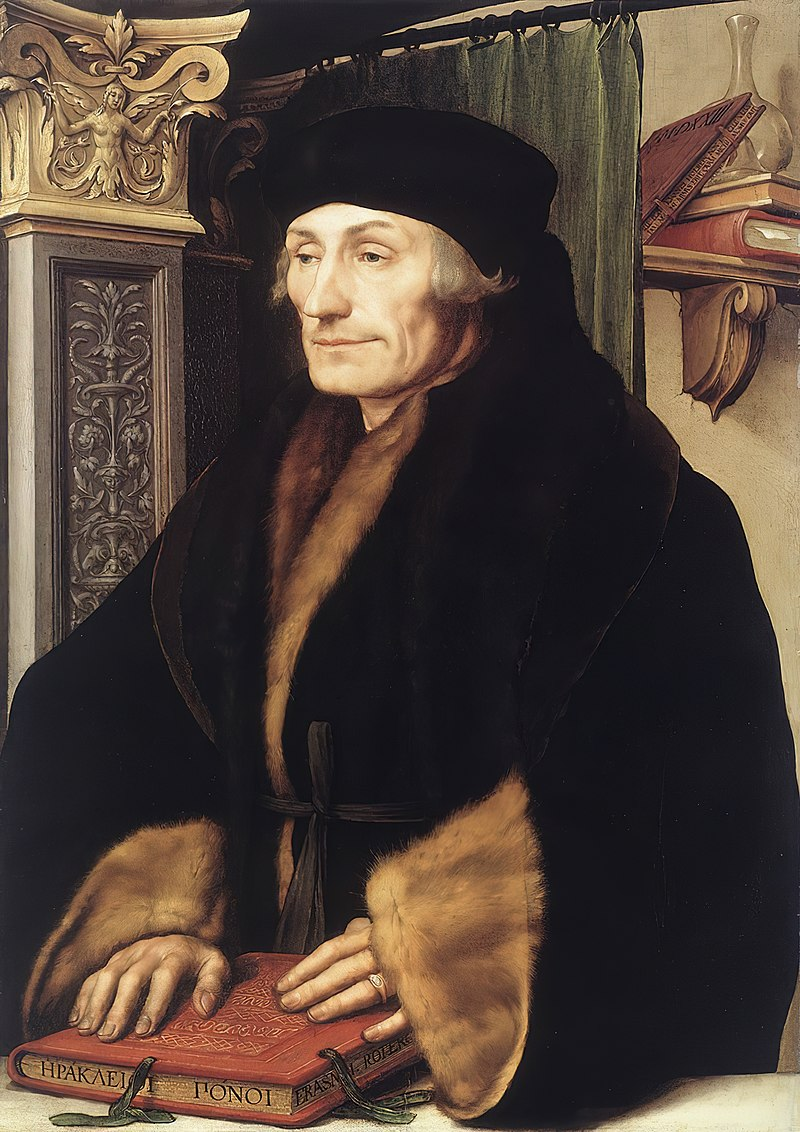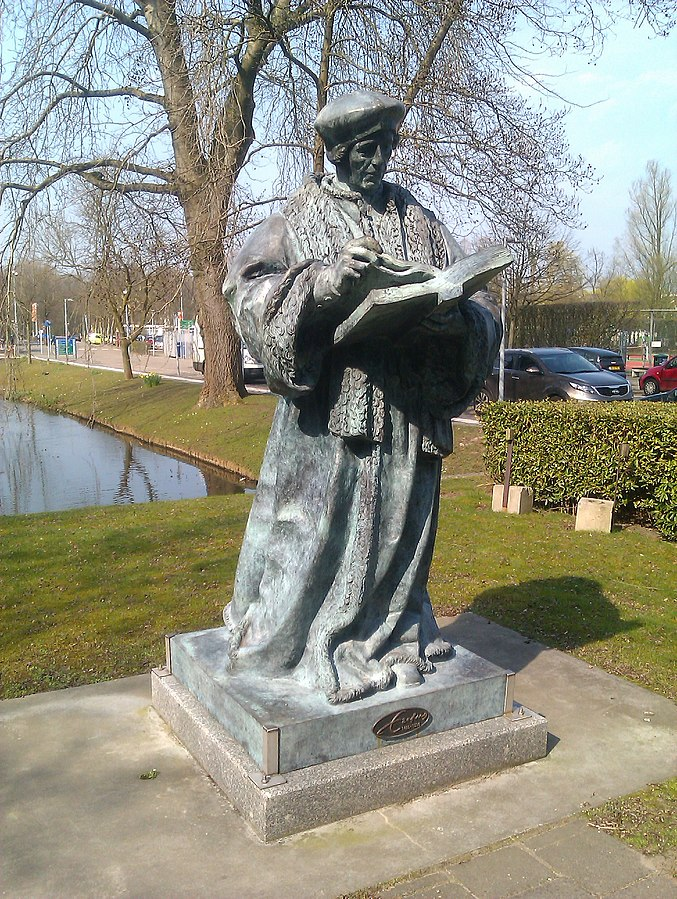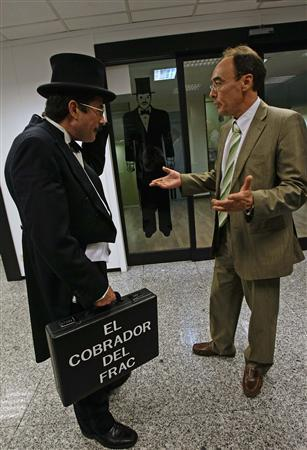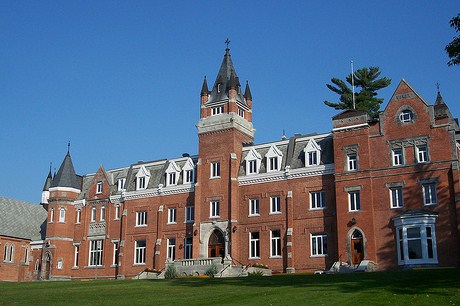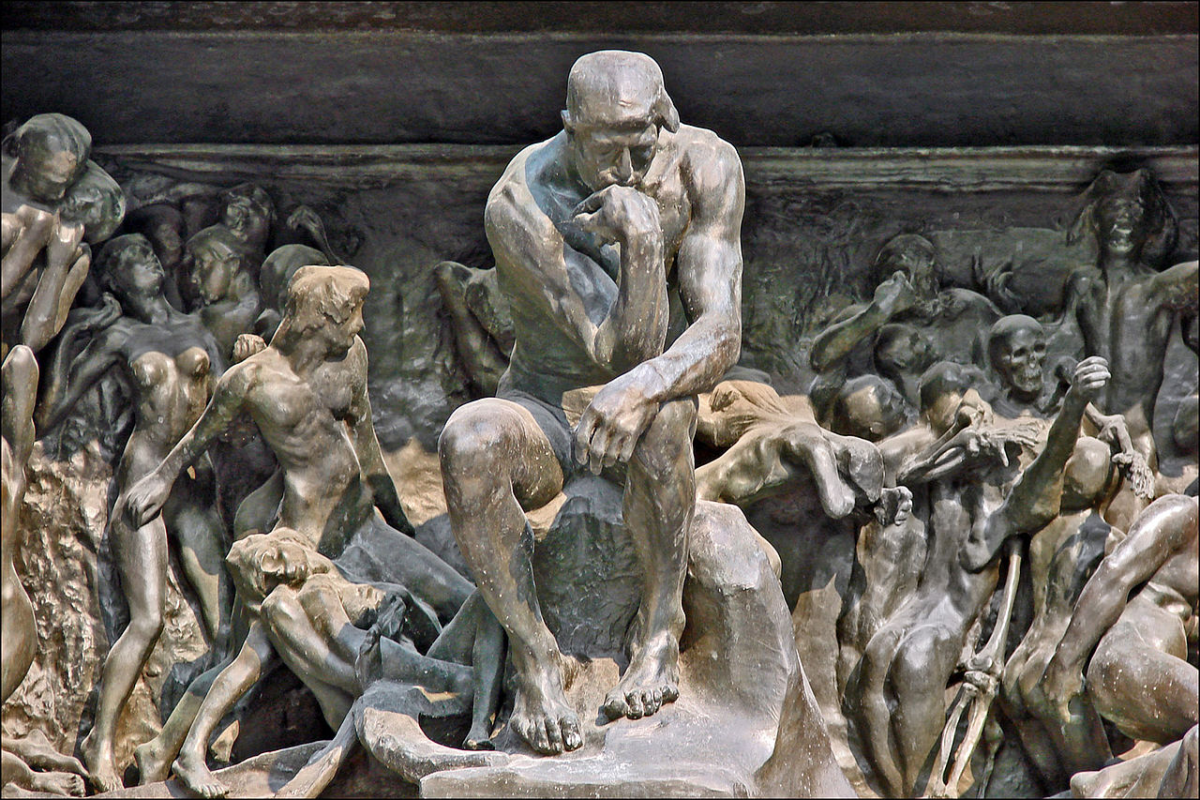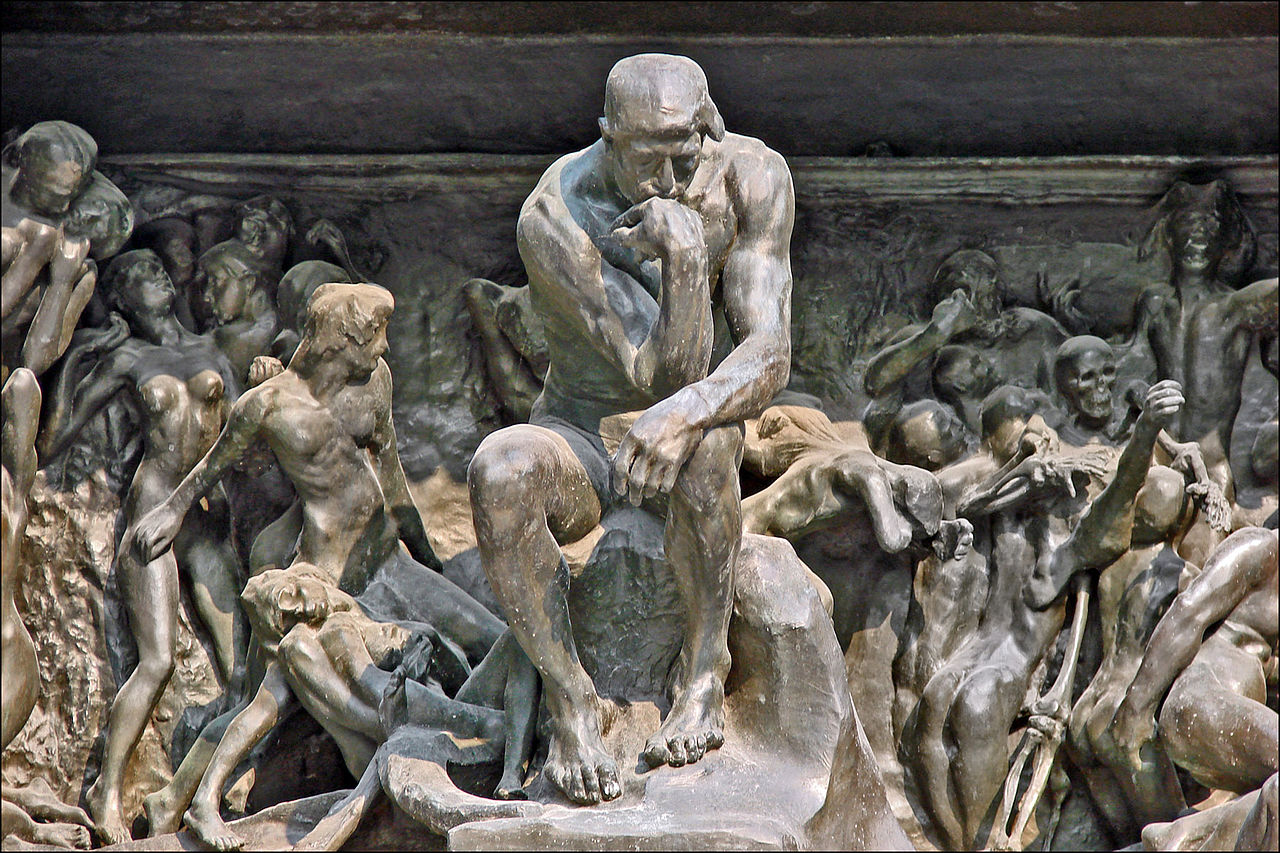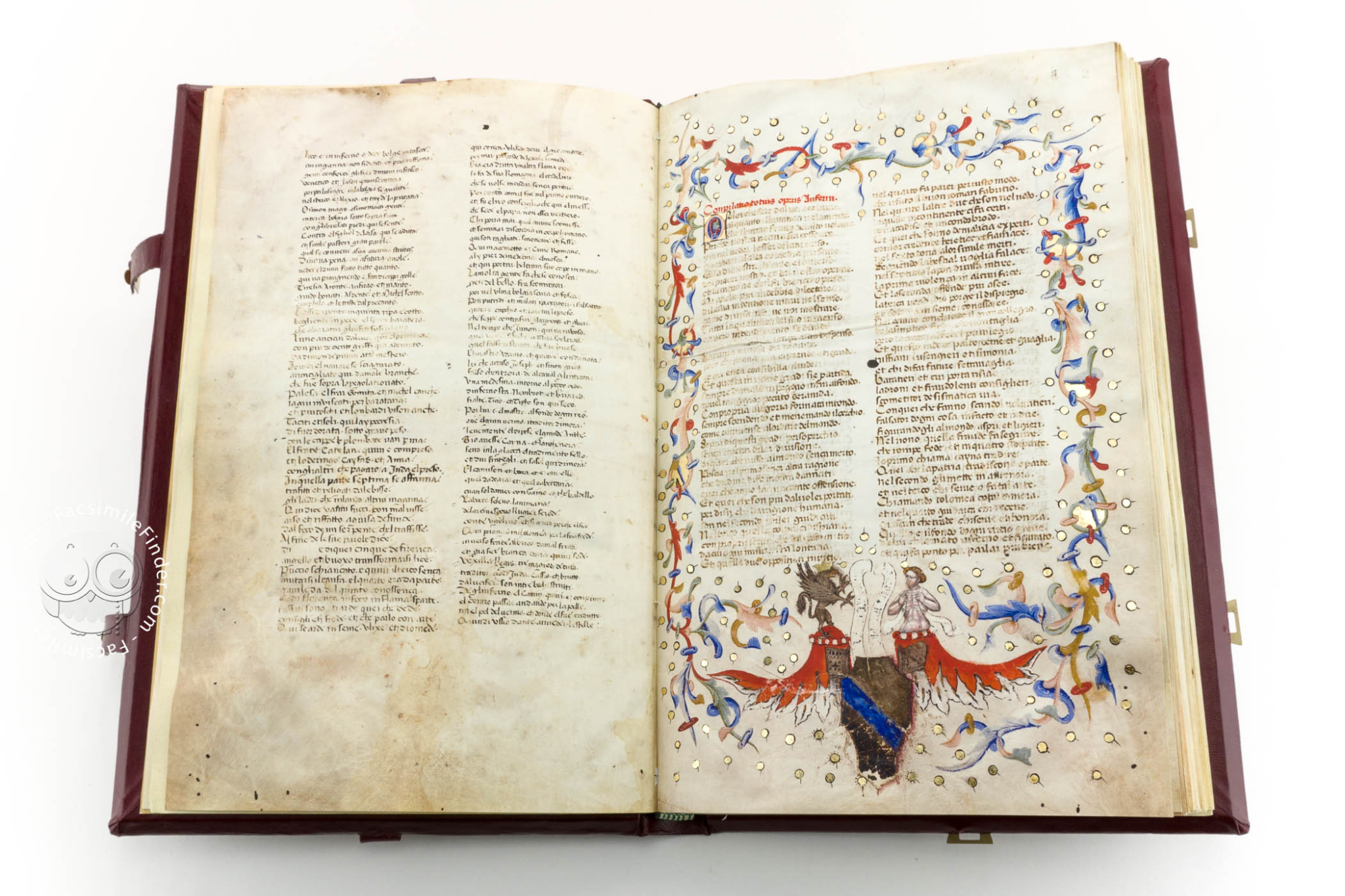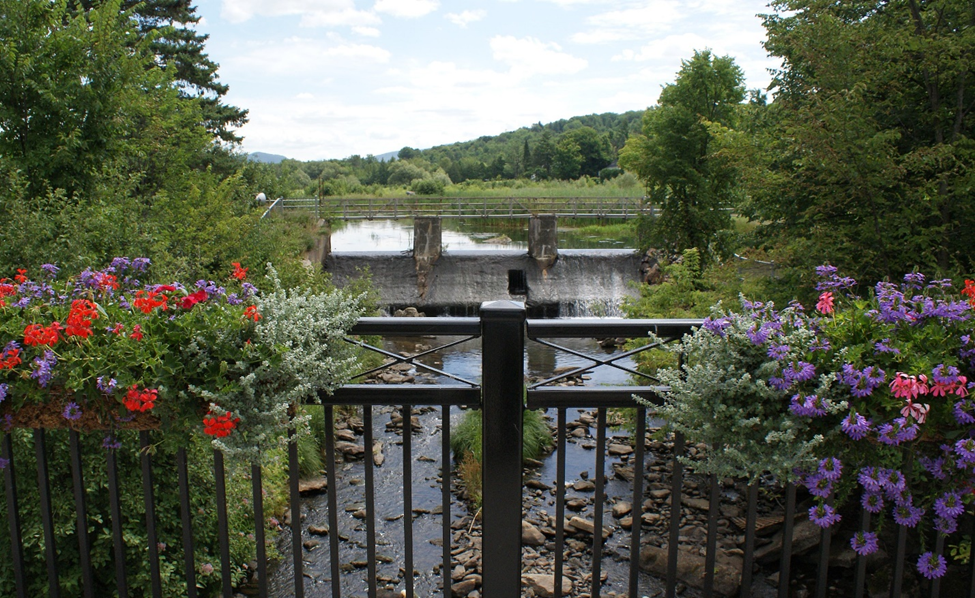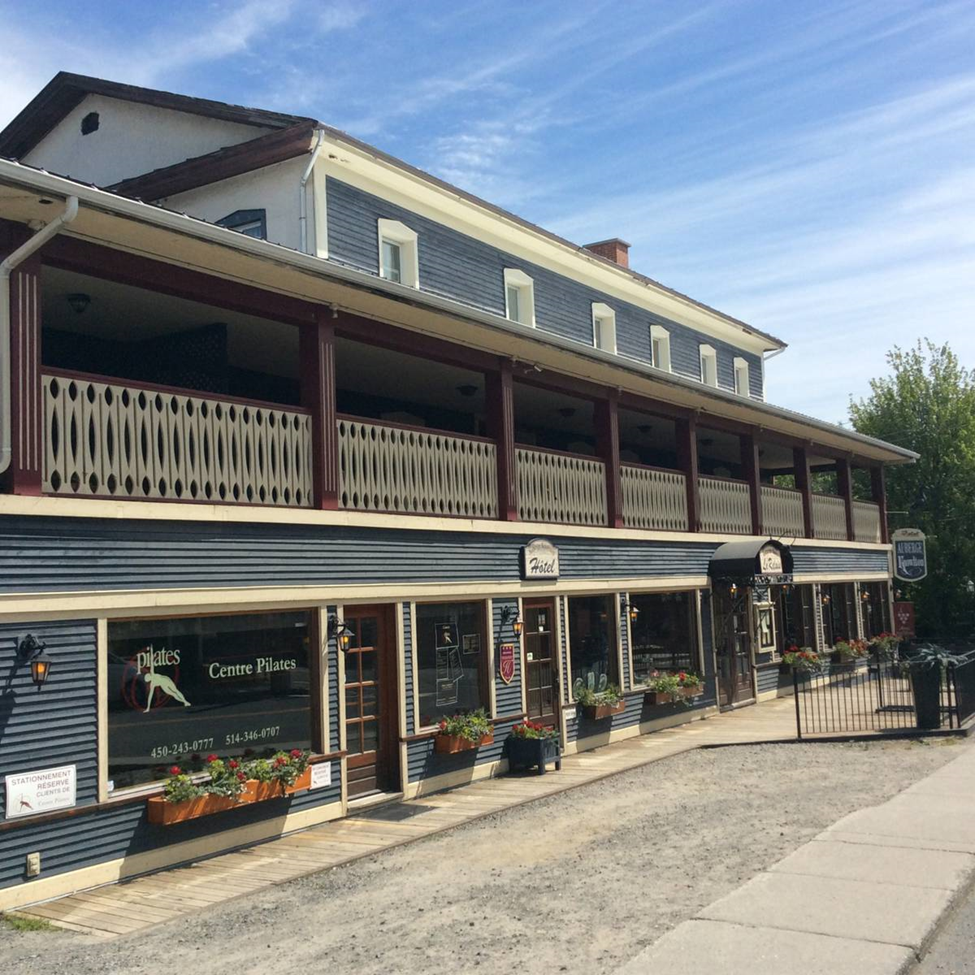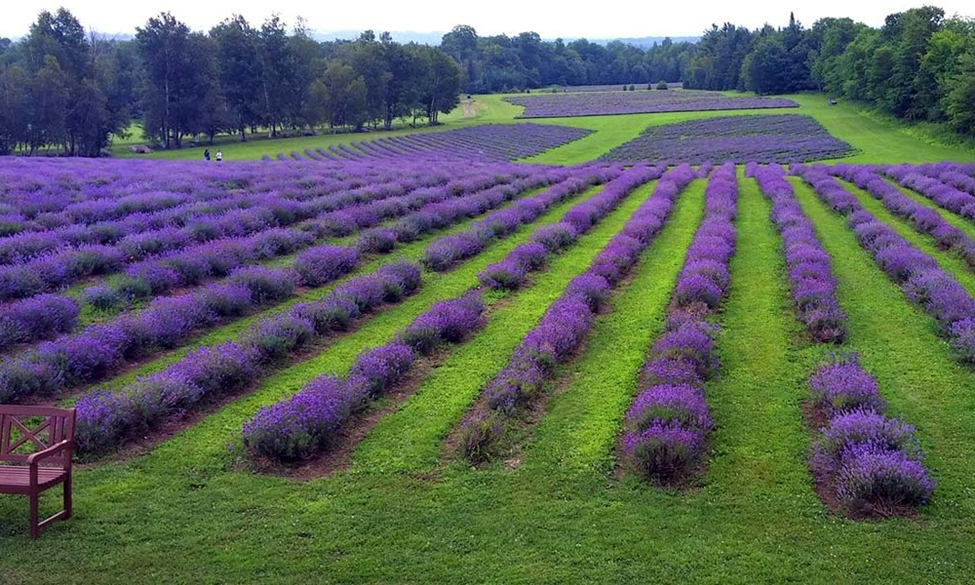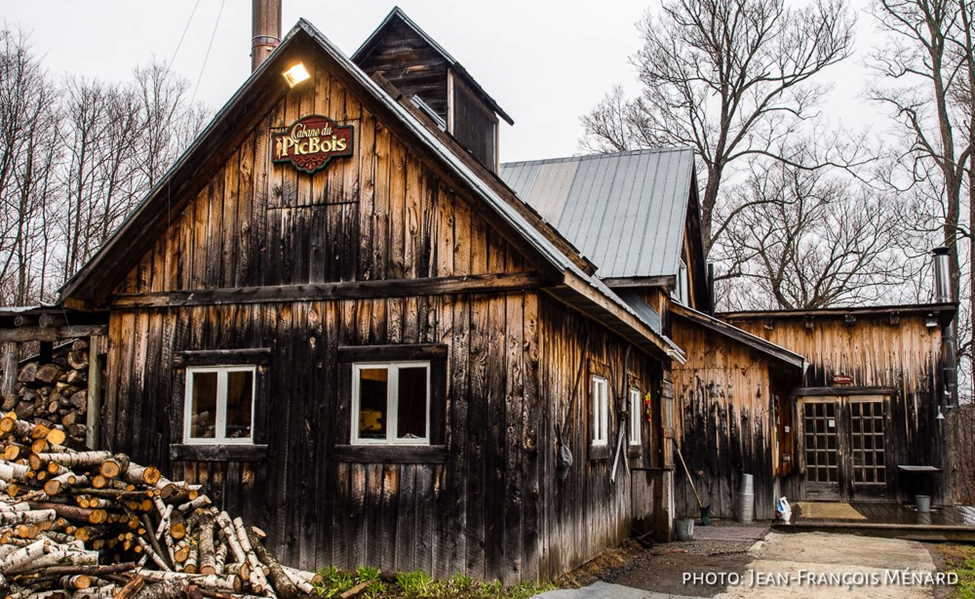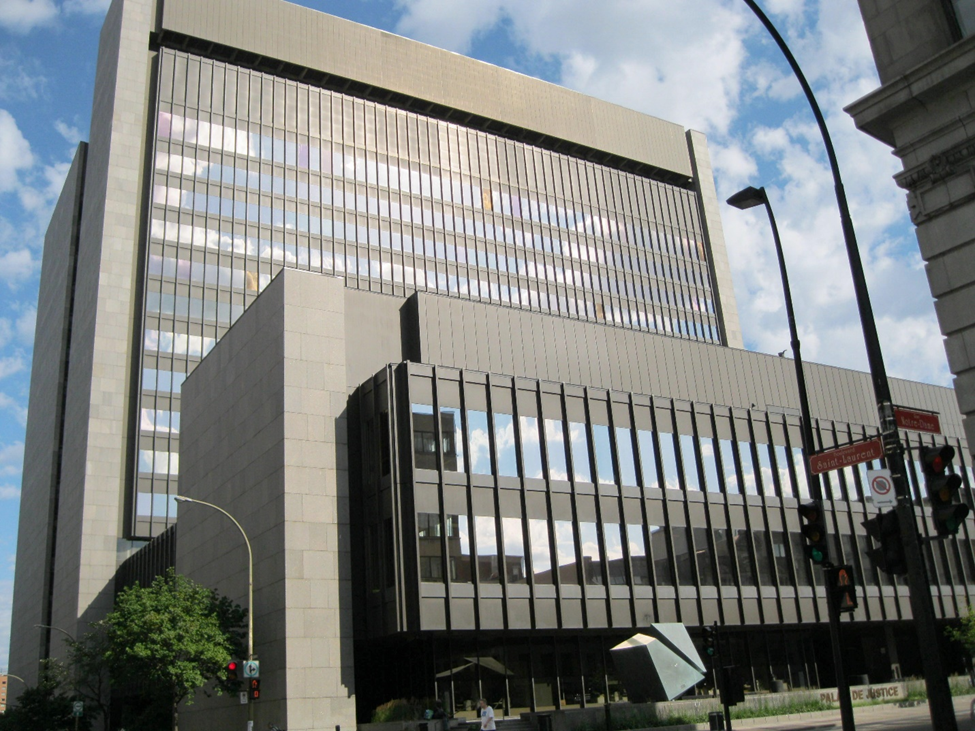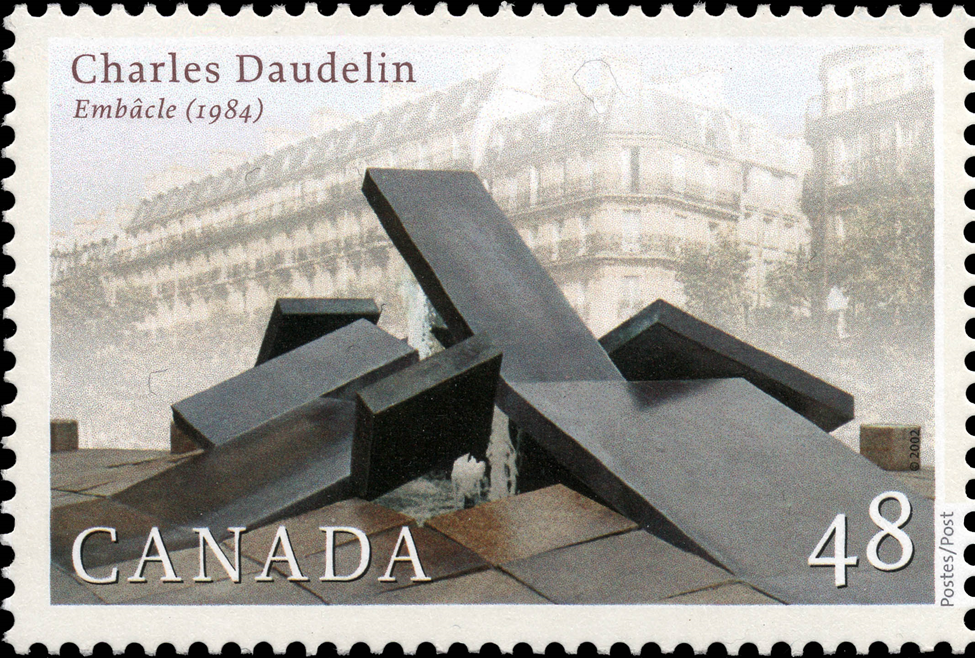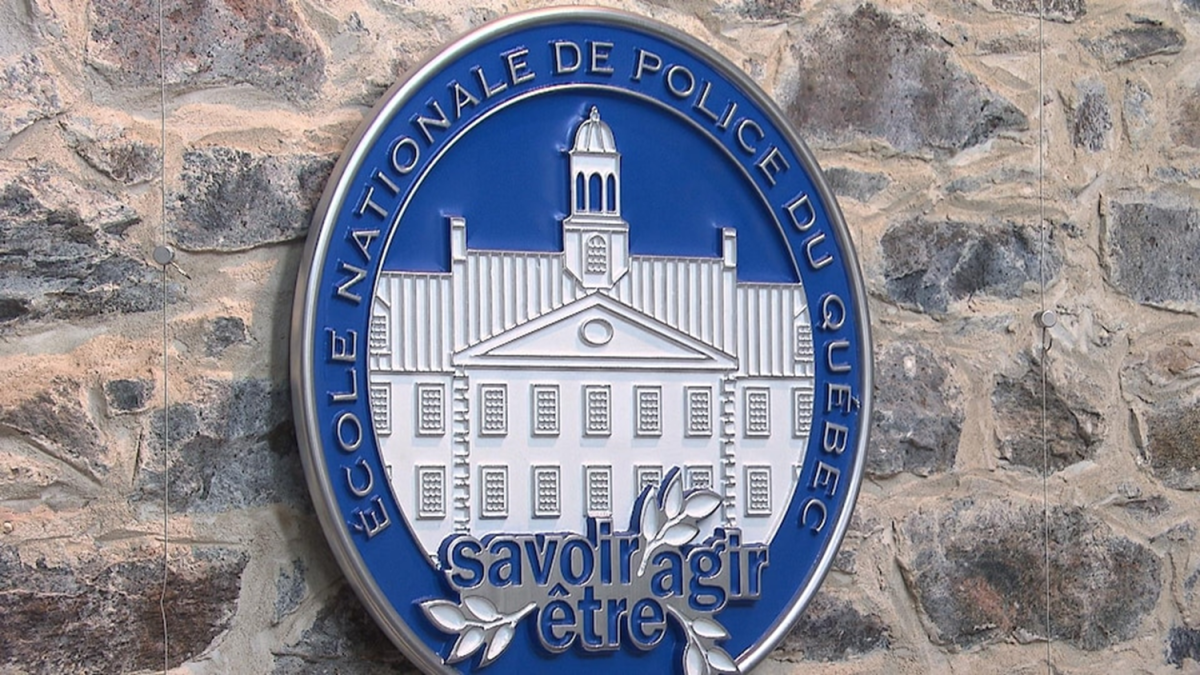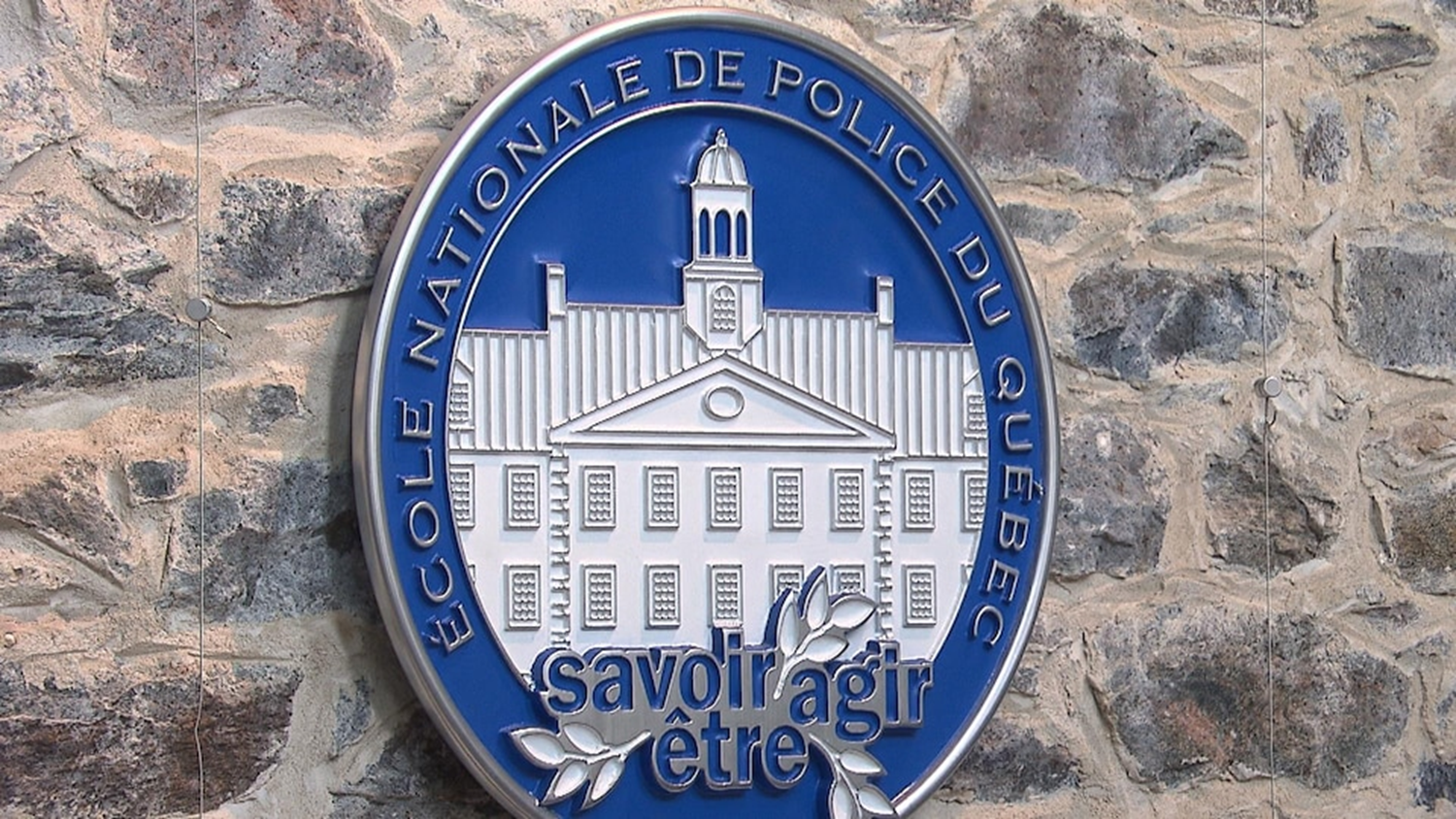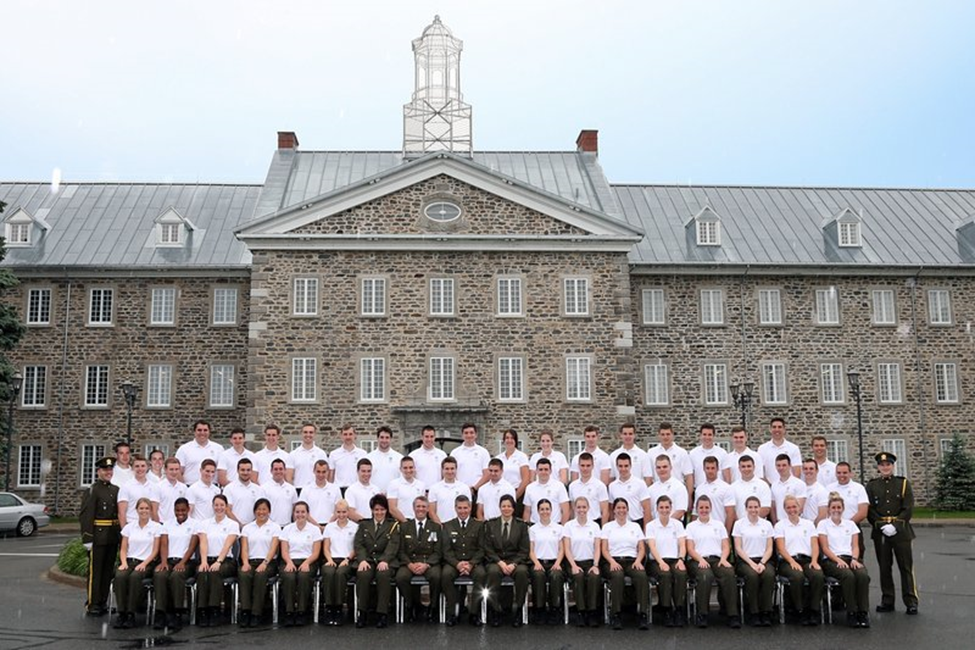wcag heading
“Eventually, Armand led them back there, and stood transfixed in front of the statue. “The Burghers of Calais,” Stephen had said, his voice hushed, soothing. “In the Hundred Years’ War, the English King, Edward, laid siege to the French port of Calais.”
He looked at Armand to see if he was listening, but there was no indication either way. (All the Devils Are Here, page 5)
Auguste Rodin’s Burghers is made of bronze, measures over six feet in height, length, and width, and was constructed between 1884 and 1889. In Louise’s novel, a young Armand and Stephen Horowitz stand in front of the 1926 cast of the statue that stands in the gardens of the Musée Rodin in Paris. The original cast sits in Calais.
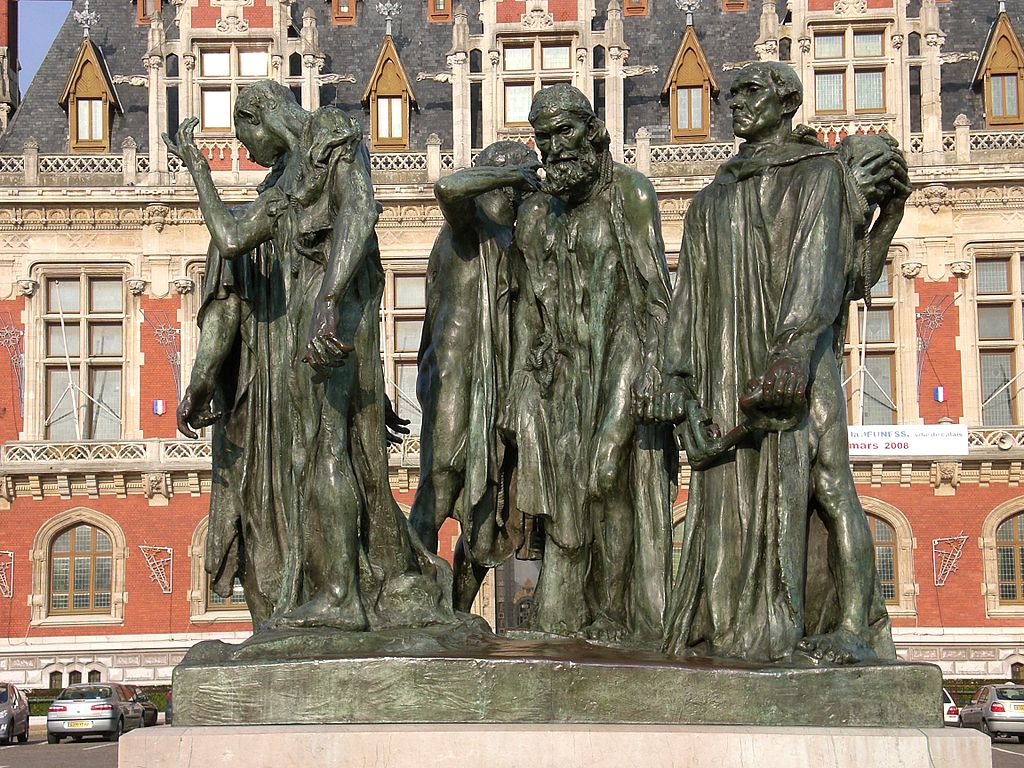
Rodin’s work depicts the imminent destruction of Calais by the English forces during the 100 Year War. As Stephen describes to Gamache, “Just as complete catastrophe threatened, King Edward did something no one expected. He decided to have mercy on the people of Calais. But he asked one thing. He’d spare the town if the six most prominent citizens would surrender. He didn’t say it exactly, but everyone knew they’d be executed. As a warning to anyone else who might oppose him. They’d die so that the rest could live.”
But, in a complete twist of fate, the English spared the Burghers in the end!
What actually happened that fateful day in 1346 is up for conjecture but clearly it’s the selflessness of the act that Louise is illustrating here and putting forth not one, but two questions to all of us:
Would you give up your life for your family?
Would you give up your life for total strangers?
